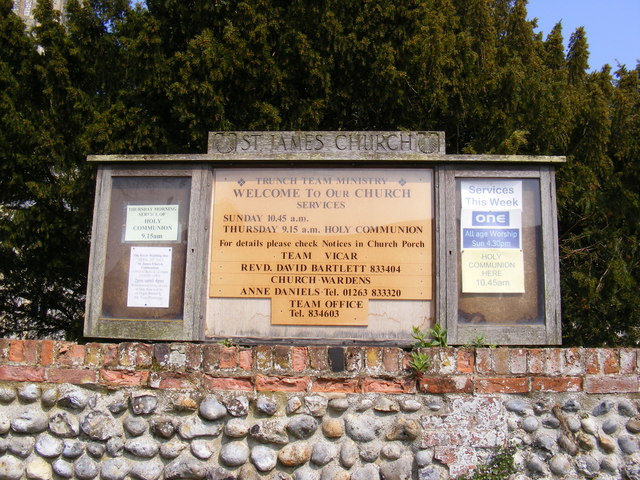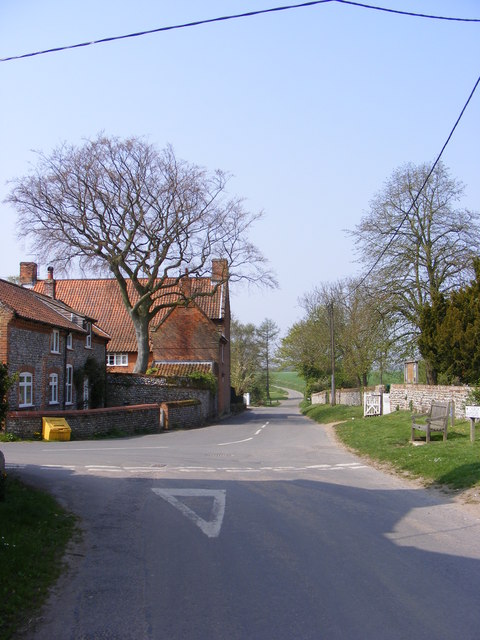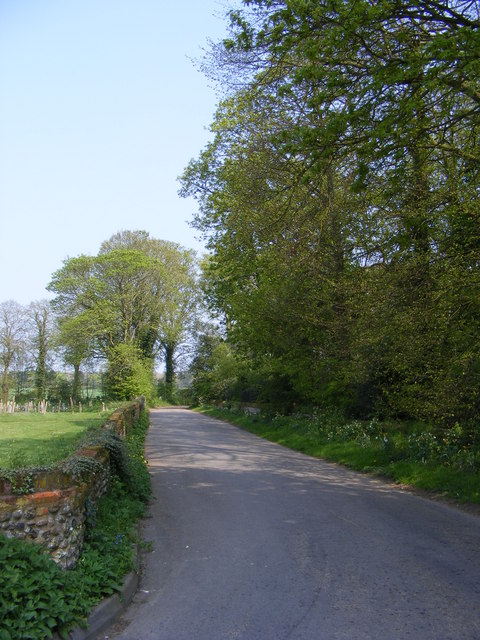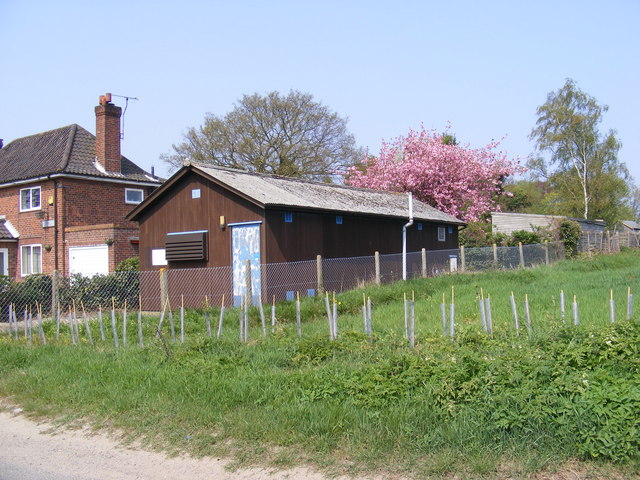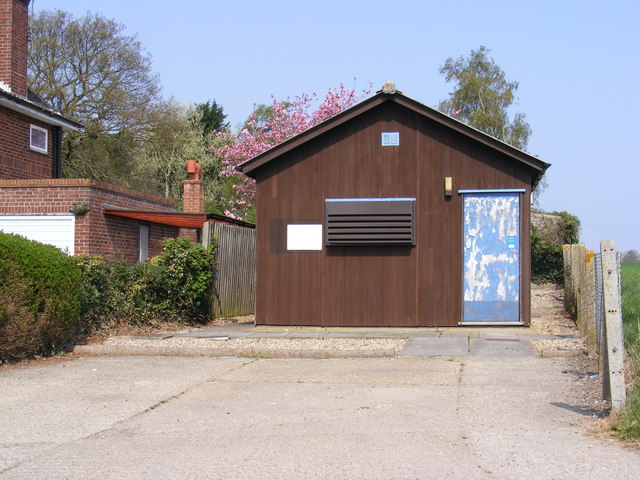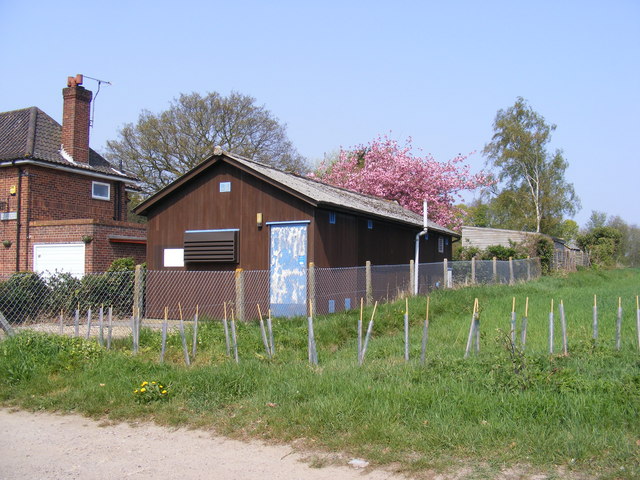Ballast Plantation
Wood, Forest in Norfolk North Norfolk
England
Ballast Plantation
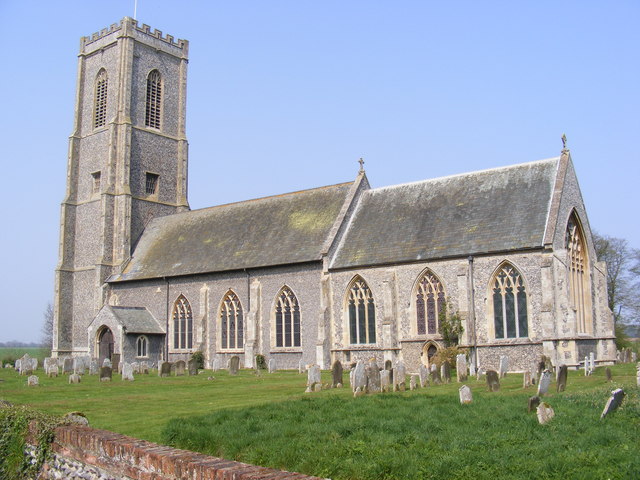
Ballast Plantation is a picturesque woodland area located in Norfolk, England. Situated in the heart of the county, it covers a vast expanse of land, making it an ideal destination for nature enthusiasts and outdoor enthusiasts alike. The plantation is predominantly made up of dense forests and is known for its abundant wildlife and diverse flora.
With its rich history dating back several centuries, Ballast Plantation has played a significant role in shaping the local landscape. Originally, the area was used as a ballast for ships returning from overseas voyages, hence the name. Over time, the site was transformed into a thriving woodland, boasting an array of tree species, including oak, birch, and beech.
The plantation offers visitors a tranquil and serene environment, perfect for a leisurely stroll or a peaceful picnic. The well-maintained trails provide easy access to explore the enchanting woodlands, allowing visitors to immerse themselves in the natural beauty of the area. The plantation also features a small stream that adds to its charm, providing a soothing backdrop for those seeking a moment of tranquility.
As a haven for wildlife, Ballast Plantation attracts a wide range of species, including deer, rabbits, and a variety of bird species. Birdwatchers can spot woodpeckers, owls, and various songbirds in their natural habitat. The plantation's diverse ecosystem also supports a variety of plant species, making it a haven for botany enthusiasts.
Overall, Ballast Plantation offers a unique and captivating experience for visitors, whether they are seeking a peaceful retreat or an opportunity to explore the natural wonders of Norfolk's woodlands.
If you have any feedback on the listing, please let us know in the comments section below.
Ballast Plantation Images
Images are sourced within 2km of 52.893365/1.3709047 or Grid Reference TG2638. Thanks to Geograph Open Source API. All images are credited.




Ballast Plantation is located at Grid Ref: TG2638 (Lat: 52.893365, Lng: 1.3709047)
Administrative County: Norfolk
District: North Norfolk
Police Authority: Norfolk
What 3 Words
///regulate.newly.plod. Near Overstrand, Norfolk
Nearby Locations
Related Wikis
Trimingham railway station
Trimingham railway station was a station in Trimingham, Norfolk on the Norfolk and Suffolk Joint Railway line between Cromer Beach and North Walsham. It...
Trimingham
Trimingham is a coastal village and a civil parish in the North Norfolk district of Norfolk, England. The village is 5 miles (8 km) north of North Walsham...
Sidestrand and Trimingham Cliffs
Sidestrand and Trimingham Cliffs is a 133.9-hectare (331-acre) biological and geological Site of Special Scientific Interest south-east of Cromer in Norfolk...
Frogshall
Frogshall is a small hamlet within the civil parish of Northrepps in the English county of Norfolk. The hamlet is 5.2 miles (8.4 km) southeast of Cromer...
Sidestrand
Sidestrand is a village and a civil parish on the coast of the English county of Norfolk. The village is 23.7 mi (38.1 km) north of Norwich, 3.3 mi (5...
Sidestrand Halt railway station
Sidestrand Halt was a railway station on the Norfolk and Suffolk Joint Railway which briefly served the Norfolk coastal village of Sidestrand from 1936...
Overstrand
Overstrand is a village (population 1,030) on the north coast of Norfolk in England, two miles east of Cromer. It was once a modest fishing station, with...
RAF Trimingham
Remote Radar Head Trimingham or RRH Trimingham is a former TPS-77 radar station situated on the coast in the English county of Norfolk. The site is located...
Have you been to Ballast Plantation?
Leave your review of Ballast Plantation below (or comments, questions and feedback).
